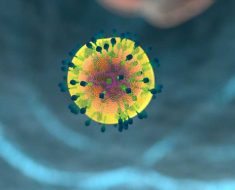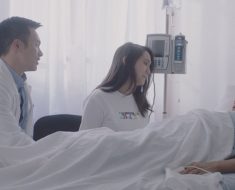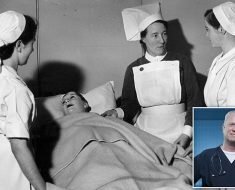At North Suburban Cardiology Associates in Stoneham, Massachusetts, there were several gaps in the group’s ambulatory ECG monitoring capability.
Holter monitors, event monitors and mobile cardiac telemetry were on different platforms. Using different systems meant some operational friction during ordering and patient set-up as well as different platforms for analysis and reporting.
Operational friction
“Our Holter monitors would be downloaded in the office, then the raw data would be analyzed by a technician who worked remotely, and finally the interpreting physician would log in to that system, generate and finalize the report, and then move it into our EHR,” said Dr. Michael Mazzini, a partner at North Suburban Cardiology Associates and an assistant professor of medicine at Tufts University School of Medicine.
Event monitors and mobile cardiac telemetry would be hooked up in the office, with all data management handled externally. Paper reports then were faxed to the office, reviewed and finalized by one of the group’s physicians, and again moved into the EHR.
“Another issue was having immediate access to all the data with mobile cardiac telemetry rather than just getting daily summary reports,” Mazzini said. “I always wanted to have something closer to the full disclosure data that one would get with telemetry in hospital.”
To help solve the problems it was facing, North Suburban Cardiology Associates turned to the MoMe Kardia wearable cardiac monitor from InfoBionic in Lowell, Massachusetts. InfoBionic offers the ability to use Holter, event monitoring and mobile cardiac telemetry all within the same device.
A big step forward in efficiency
“This means a uniform set-up process for all patients as well as the same analysis and reporting workflow – that alone was a big step forward in efficiency,” Mazzini explained. “Moreover, you can switch between modalities on the fly. If a Holter is non-diagnostic, for example, we can switch to event or MCT without having to bring the patient back and hook them up to a different device.”
In terms of data analysis, the group now is able to efficiently manage all the data within its office. For Holter monitors, that allowed cost savings. For both event monitoring and mobile cardiac telemetry, it meant that the group had access to the data as soon as it wanted it.
“Once the patient is being monitored, the ordering physician is then able to handle the rest of the monitoring process through the web-based user interface.”
Dr. Michael Mazzini, North Suburban Cardiology Associates
“And for MCT, we now had access to near-real-time full disclosure of data – this is not a feature of other MCT platforms,” Mazzini said. “The user interface is also very intuitive in terms of both set-up and analysis. We have been able to very quickly onboard all the physicians as well as staff, and everyone is pretty facile with the system.”
Setting patients up
When a physician determines that a patient requires ambulatory ECG monitoring, one of the group’s medical assistants registers the patient with the device and goes through showing that patient how to use the device.
“Once the patient is being monitored, the ordering physician is then able to handle the rest of the monitoring process through the web-based user interface,” Mazzini explained. “For MCT, that means that if needed, we can log in at any time to see how the patient is doing, or allow the system itself to alert us to any arrhythmias that we would be interested in.”
At the end of the monitoring period, a standardized report is generated.
“What is really nice is that we can use the full disclosure feature for MCT to scroll through all the data – even segments that we might not otherwise have access to in other systems, like onset and offset of supraventricular tachycardia,” Mazzini said. “As an electrophysiologist, I find this feature to be especially helpful.”
Multiple, non-integrated ambulatory ECG systems
Mazzini offers some advice for other cardiac caregivers considering this technology.
“The technology is highly scalable – we run a small but busy office with six cardiologists and a nurse practitioner,” he said. “This platform is one that could be used efficiently in a solo practice as well as a large integrated or academic practice.
“My advice would be to take a minute to assess one’s own ambulatory ECG platforms,” he added. “if they are using multiple, non-integrated ambulatory ECG systems, they definitely have an opportunity for improvement.”
Twitter: @SiwickiHealthIT
Email the writer: [email protected]
Source: Read Full Article






